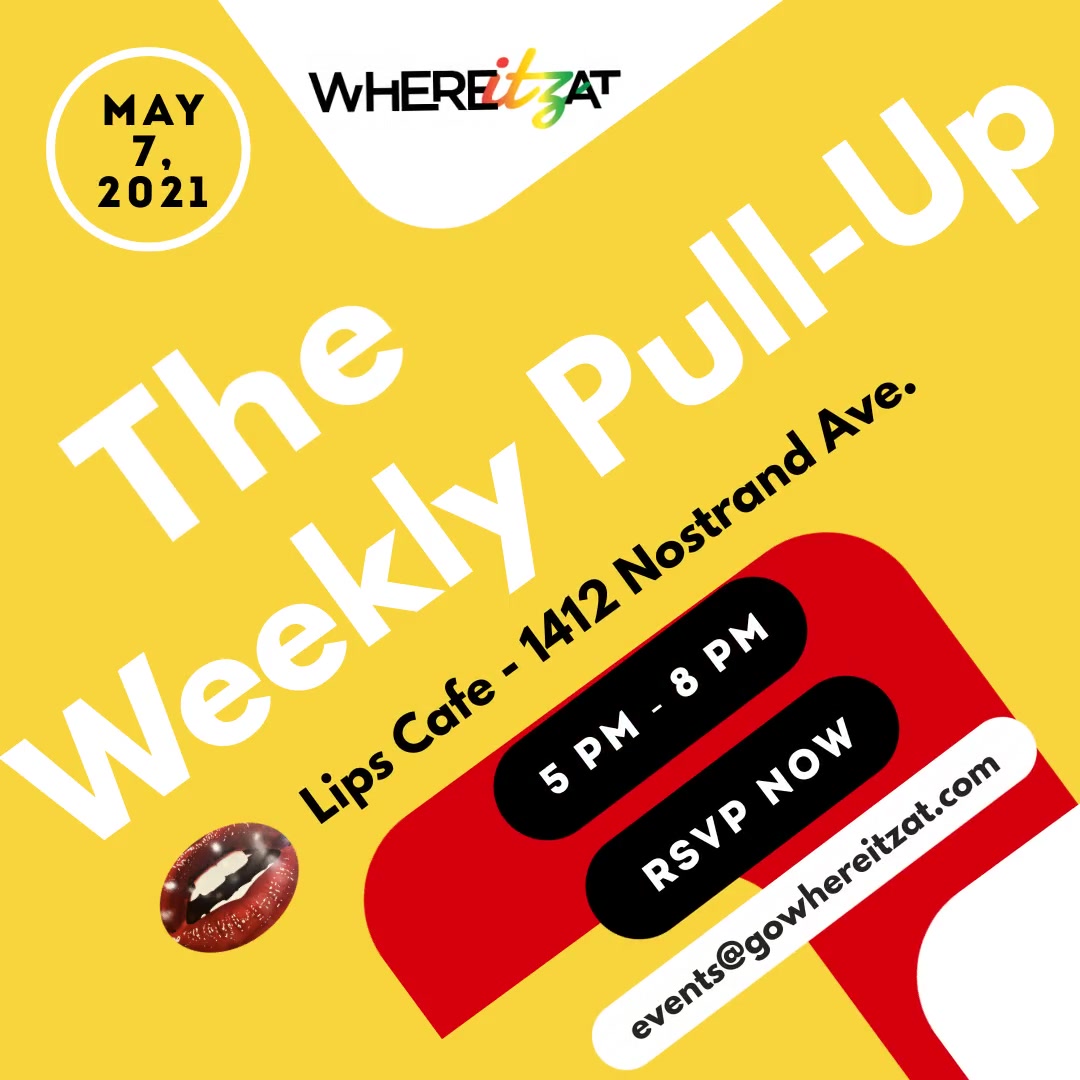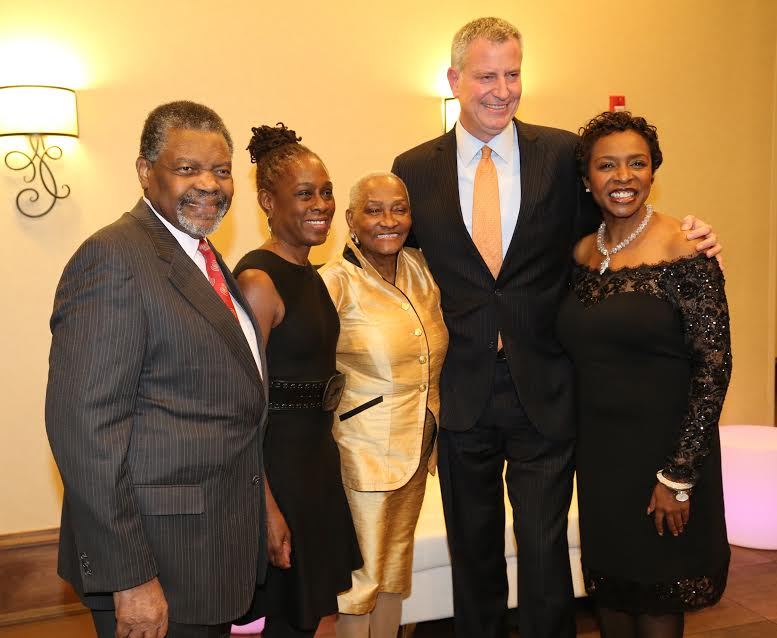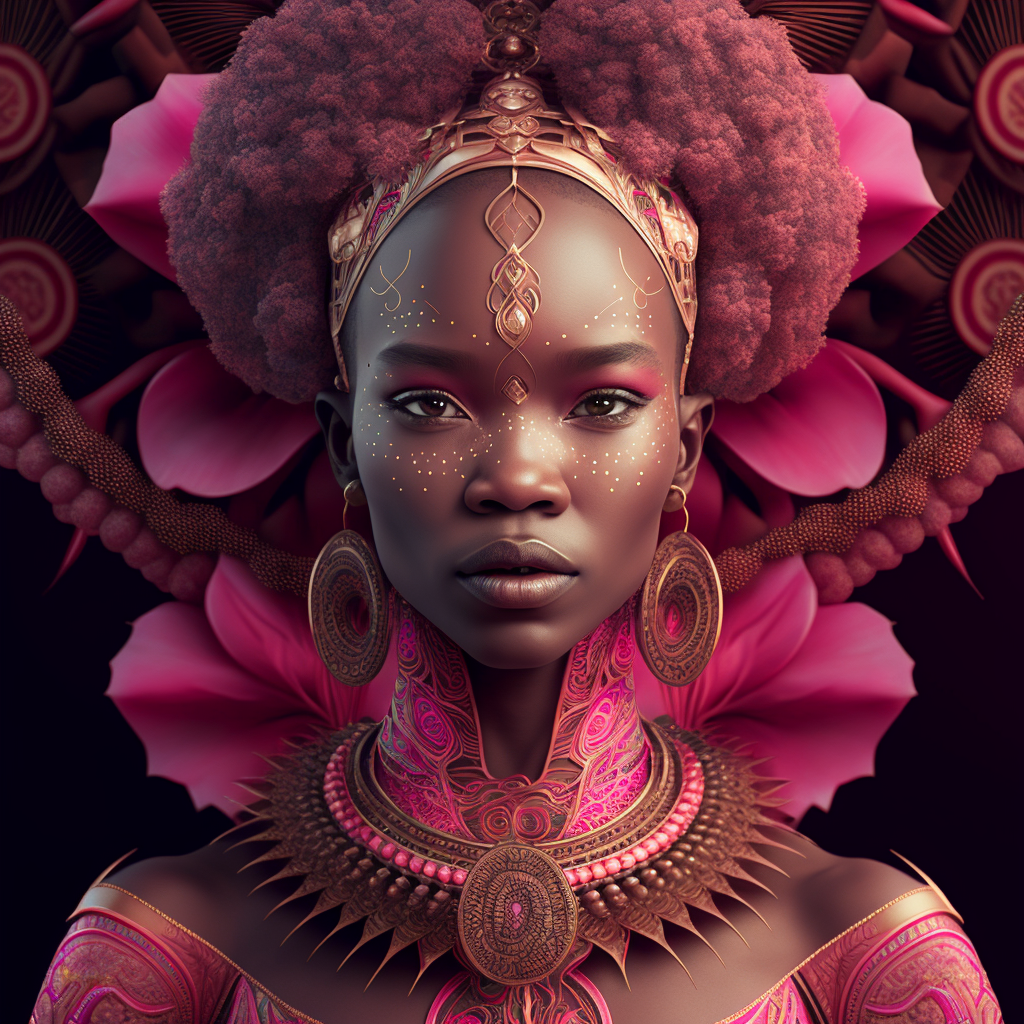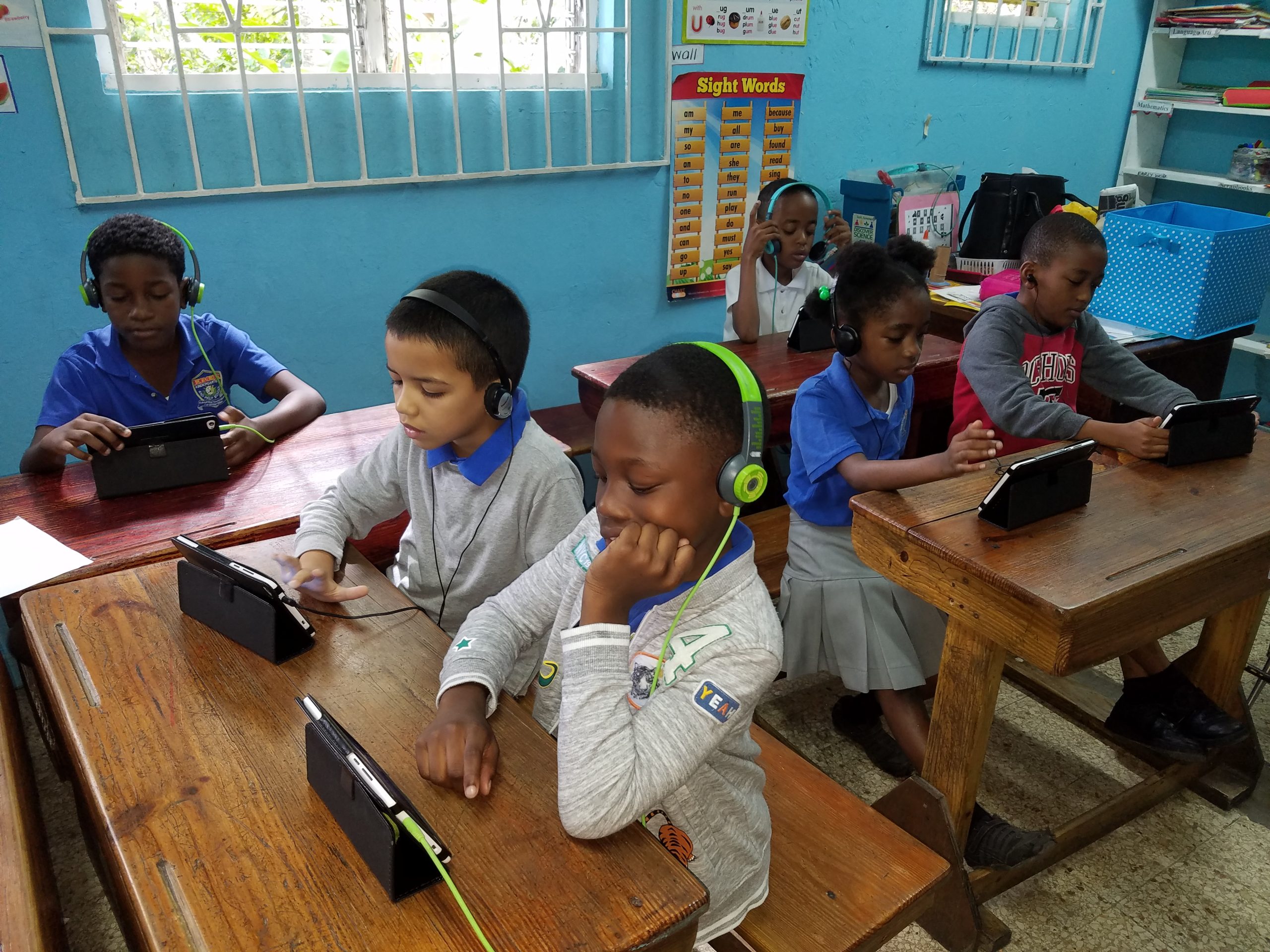By Marc Albritton
During the early years of the 1900s thriving independent black communities in America such as Greenwood (Black Wall Street), Oklahoma, and Rosewood, Florida was attacked and destroyed with blatant outright American terrorism. White racists would create an incident, form a mob, ride on the land, murder people, and burn the towns to the ground. However, these were largely mid-western and rural southern towns, though internally independent, they were often times surrounded by envious, uneducated, and impoverished white towns. But when the Mafia led by Dutch Shultz tried to take Harlem in the North, white supremacy met its match.
By 1916 Marcus Garvey had arrived in Harlem and began to organize the African American, Caribbean, and African population as a united front under the United Negro Improvement Association and African Communities, League. While luminary giants such as Langston Hughes, Paul Robeson, Zora Neale Hurston, and Jamaican poet Claude McKay fueled the Harlem Renaissance with literary energy such as McKay’s “If We Must Die,” … Let it not be like hogs, hunted and penned in an inglorious spot… but together we will face the murderous cowardly pack, pressed to the wall, dying, but fighting back.” Others such as Casper Holstein, Ellsworth “Bumpy” Johnson, and Stephanie “Madam Queen” Sinclair contributed the needed money and muscle.
Holstein, a native of St. Croix, devised the way to make the illegal “numbers racket” incapable of being “fixed.” He amassed a wealth unheard of at that time for any black man in America. According to the New York Times, his earnings from numbers alone was figured to be $12,000 dollars a day. It was Caspar Holstein who bankrolled the mortgage for Garvey’s headquarters at Liberty Hall. Holstein’s massive real estate holdings and tremendous philanthropic presence would lead to his kidnapping by forces unknown. However, when he posted a ransom of $30,000 cash, whites took notice and plotted to take over Harlem by controlling the numbers racket played by the majority of Harlemites. The power play was led by Dutch Shultz and his largely Jewish Mob who led the assault on Harlem, looting, and killing. But rivals Bumpy Johnson and Madam Queen formed an alliance with the Italian mob headed by “Lucky” Luciano, and responded likewise.
Ellsworth Johnson was born in South Carolina and grew up hustling and fighting on the streets of Harlem, earning him the name Bumpy. He was feared not only for his fists and knife handling but was an avid chess master, poet, and historian. Stephanie St. Claire arrived in Harlem as a mystery. Some say she was from Martinique, others claim she was from Guadeloupe. In any event, she spoke in French Creole and English and through her sharp wit, fearless self-confidence, and street savvy rose to the top of the numbers game. She also had the boldness to write many editorials advocating black power, justice, and equality despite her position as an underworld figure. Together, they battled the mafia, bullet for bullet, block by block, ultimately surviving both Dutch Shultz and Lucky Luciano who were both assassinated.
Today, drug warfare is the most popular, destructive, and successful tactic in the arsenal of white supremacy-racism. The plot is simple, yet effective. Use music and movies to make drug use and dealing attractive and intriguing. Turn a blind eye to the prevalent explosion of drugs in black communities. Drug dealing will bring guns. Guns will bring murder and mayhem. Murder and mayhem will lead to incarceration. Incarceration gives rise to depopulation. In total, the resultant conclusion is a powerless community with plummeting real estate prices. The depressed land values then allow outsiders to sweep in and acquire properties for pennies on the dollar and begin the gentrification process.
Currently black communities from Harlem to Los Angeles, Jamaica to Africa, after years of drug warfare, violence and mass incarceration are now the subject of gentrification. The neighborhoods once characterized by the media as gang infested slums and war zones have now been dubbed by the same media as sheik hot spots. Real estate and land prices have skyrocketed as new housing, highways and infrastructure are installed. Even police, once the focus of protests and brutality, now “serve and protect” instead of “enforcing law and order.” The economic and physical complexion of the population is transformed, and a new community is born upon the ashes of black dreams. Some may ponder the questions, “where will they go, what will they do, how will they survive?” However, the French colonial commander Napoleon once retorted in response to his devastating military campaigns; “No one will ask what happened to the little birds after the armies have trampled the grass.”
In memory of The Maroons of Jamaica, The Haitian Revolution, and The Black Panthers, who against all odds fought for the establishment and preservation of the black community.
























